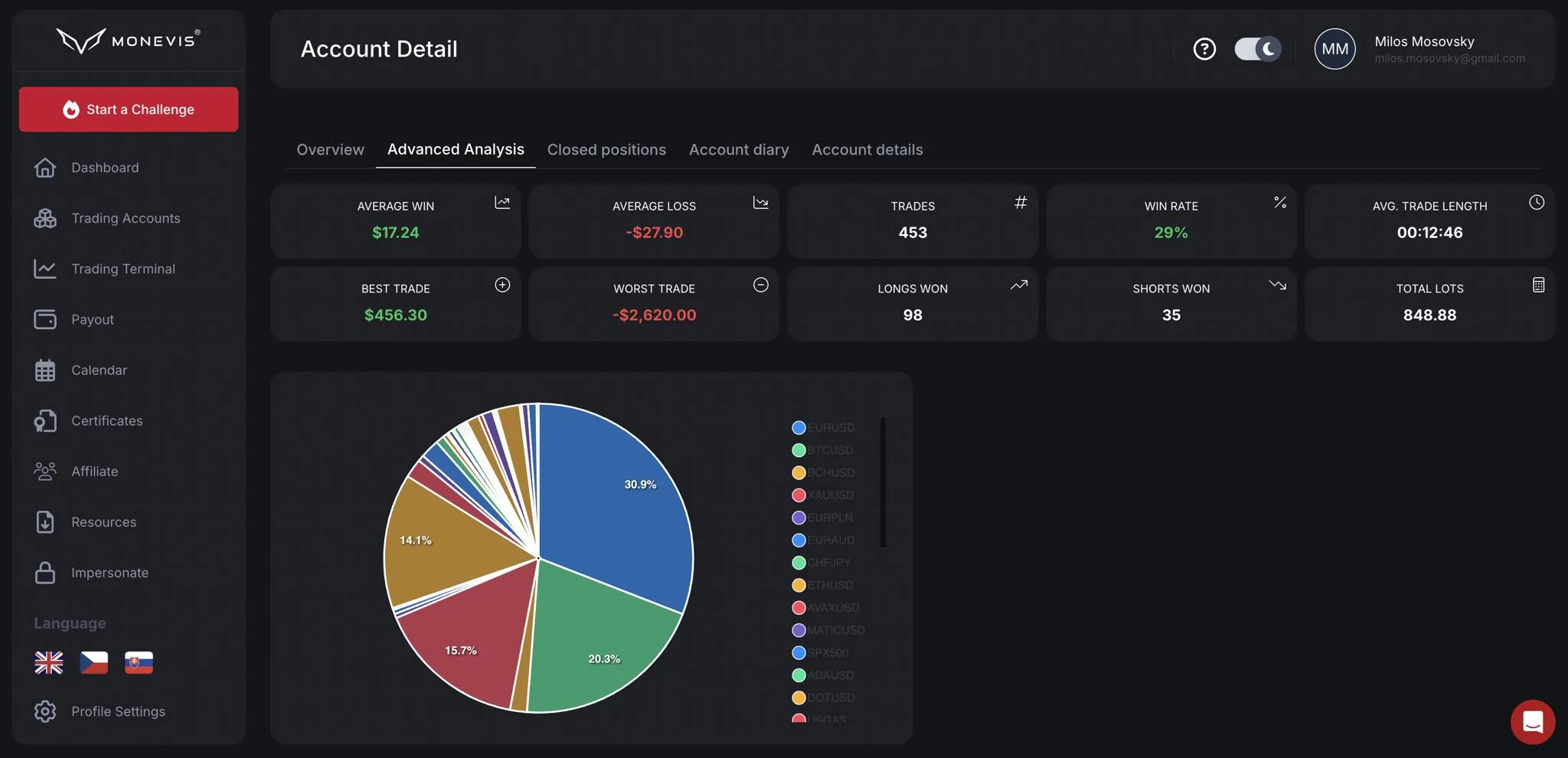HOT TIP : Libérez votre potentiel commercial avec Monevis®.

Understanding High-Frequency Trading (HFT)
High-Frequency Trading (HFT) is a highly specialized and sophisticated method of trading that utilizes advanced technological tools and algorithms to conduct trades at incredibly rapid speeds. These systems can make multiple trades in less than a millisecond, often capitalizing on minuscule changes in the marketplace to generate profits. The high-speed, high-volume nature of HFT has transformed the financial landscape, creating new opportunities and challenges for investors, regulators, and the financial industry as a whole.
The Mechanics of High-Frequency Trading
HFT operates on the principle of speed. Powered by complex algorithms, high-power computers, and ultra-fast data networks, HFT systems can scan dozens of public and private marketplaces simultaneously. They can identify opportunities for trades before human traders are even aware of them. These opportunities can range from exploiting minute differences in stock prices across different exchanges to using advanced statistical analyses to predict short-term price movements.
Once it identifies an opportunity, the HFT system can act on it in a fraction of a second. It sends orders to the exchange, which executes the trade. This process happens so quickly that the HFT system can make hundreds or even thousands of trades before a human trader has time to blink.
Advantages and Disadvantages of High-Frequency Trading
One of the main advantages of HFT is its efficiency. The speed at which these systems operate allows them to exploit opportunities that would be impossible for human traders. This can lead to significant profits for the operators of HFT systems.
HFT can also benefit the wider market. By quickly exploiting price discrepancies across different exchanges, HFT can help to ensure that prices are consistent across different marketplaces. This creates a more efficient market, which is beneficial for all investors.
However, HFT is not without its disadvantages. Its speed and complexity can make it difficult for regulators to oversee, leading to concerns about fairness and transparency. Additionally, the high volume of trades generated by HFT can create volatility in the market, leading to sudden price swings that can catch investors off guard.
The Regulatory Response to High-Frequency Trading
Given the potential risks associated with HFT, regulators around the world have taken steps to oversee and control its use. In the United States, the Securities and Exchange Commission (SEC) has implemented a number of measures aimed at ensuring the fairness and transparency of HFT. For example, it requires exchanges to provide the same level of access to their markets to all investors, not just those using HFT systems.
In Europe, the Markets in Financial Instruments Directive II (MiFID II) has implemented a range of measures designed to control HFT. These include requirements for HFT firms to have robust risk controls in place and for exchanges to have systems to manage the increased traffic generated by HFT.
High-Frequency Trading and the Future of Finance
While HFT has its critics, there is no denying its impact on the financial industry. The use of advanced technology to conduct trades at blistering speeds has transformed the way we invest, creating new opportunities and challenges in equal measure.
As technology continues to evolve, so too will HFT. Advances in artificial intelligence and machine learning could allow HFT systems to make even more complex trading decisions, further increasing their speed and efficiency. However, this will also raise new questions about transparency and fairness, and will likely require further regulatory oversight.
In conclusion, High-Frequency Trading (HFT) is an intricate part of the modern financial landscape that combines advanced technology, complex algorithms, and high-speed data networks to conduct trades at incredible speeds. While it presents both advantages and disadvantages, it’s certain that HFT will continue to play a critical role in shaping the future of finance. Understanding how HFT works, and the impact it has on the market, is crucial for anyone involved in the financial industry.
HOT TIP : Libérez votre potentiel commercial avec Monevis®.
